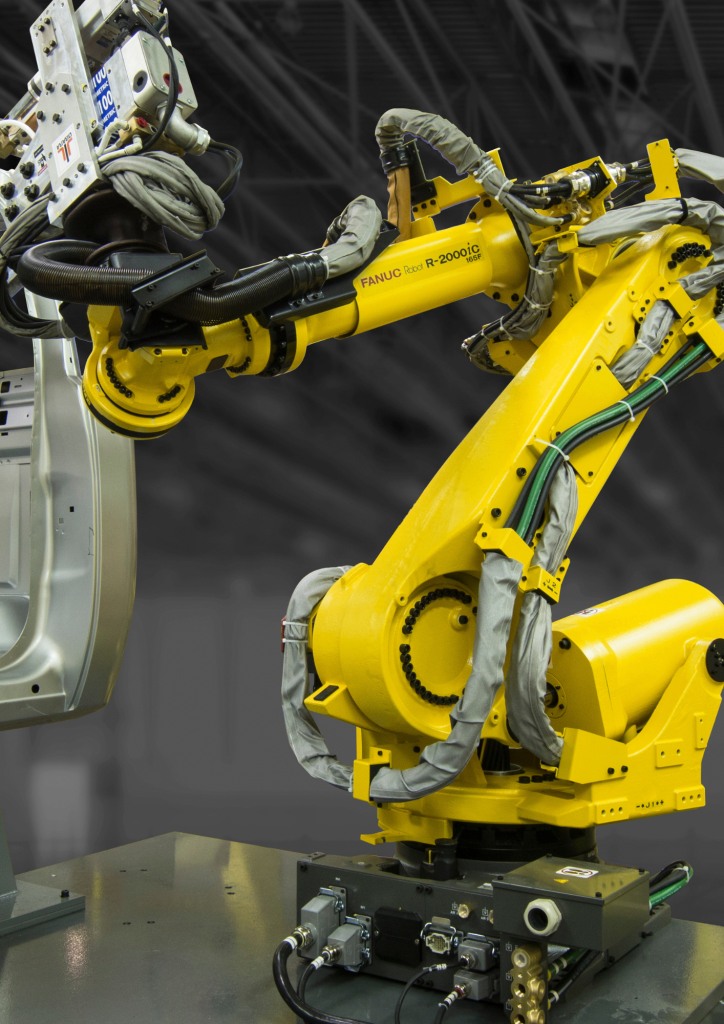Robotic arms have revolutionized manufacturing, the combination of safety, precision efficiency, and other factors that were previously impossible. Robot arms are technological marvels that have become essential in various industries throughout the world. They were invented to cut operating costs and ensure high-quality standards. When integrating robotic arms in production lines, companies are not just cutting costs but also improving safety in the workplace and productivity. We’ll examine how these cutting-edge machines are changing the landscape of industrial production.
The primary force behind the rapid growth in robotic arm usage is cost efficiency. The increasing pressure on factories to reduce production errors, waste materials and workplace accidents is relentless. Robotic arms have been designed to combat these challenges. Unlike human workers, robot arms perform routine tasks with precision that eliminate costly errors and reducing waste of raw materials. For instance, in high-volume industries like automotive manufacturing, robotic arms execute precise welding and part positioning, ensuring flawless assembly every time. This quality of work can result in significant savings, as fewer defective items mean less rework and wasted.

Image credit: automatedsolutions.com.au
The safety of robot arms is an important aspect. Many manufacturing tasks such as handling dangerous materials or operating heavy machinery pose significant risks for human workers. With the help of robot arms, firms can keep workers out of dangerous areas. This decreases the chance of injuries at work. Robot arms, created as a kinematic string of moving joints, mimics the function of a human arm, but is not at the danger of physical injury. They are equipped with robotic hands or end-effectors that can be programmed. They are capable of performing tasks like grasping spinning and welding under conditions that would make it dangerous for human beings.
Robot arms’ versatility is an exciting development in a variety of industries. Robots can be adapted to various tasks, ranging from assembly for automobiles to electronic production. The ability to program these arms allows them to perform difficult tasks such as painting or applying fiberglass at a remarkable level of accuracy. In the field of warehousing, robot arms have revolutionized palletizing, making it easier to load goods onto pallets with precision and speed. Automation increases productivity and the reliability of robots as they work constantly without fatigue.
One of the most thrilling advancements in this field is the development of collaborative robots or cobots, which are able to work with human workers. As opposed to traditional industrial machines that are limited to isolated cells, cobots outfitted with robotic arms are designed for safe, seamless interaction with humans. A robot’s hand can be used to perform routine tasks like heavy lifting in factories, meaning humans are freed to take on more challenging duties. This type of collaboration boosts productivity as well as ensures a safe working environment since cobots are able to be programmed so that they can adjust or stop their movements if the person in front of them is.
Robotic arms have a profound impact on modern manufacturing, and not just in terms of safety and efficiency. They are essential for industries that require extreme precision in tasks such as welding, assembly or material handling. A robotic arm, for example, can be utilized to rotate and place parts during assembly in the automotive industry, ensuring that they are aligned perfectly without any human involvement. Similarly, in electronics, robot arms handle delicate components with care, reducing damage and improving output quality.
Robotic arms are expected to become more important as industries grow. As they can reduce costs, improve safety, and adapt for different tasks they will become the foundations of future manufacturing. Combining cutting-edge technology with human ingenuity robot arms are more than just instruments. They’re partners driving innovations, changing the way we build our world.